What is the environmental cost of a pair of jeans?
Feb 25, 2021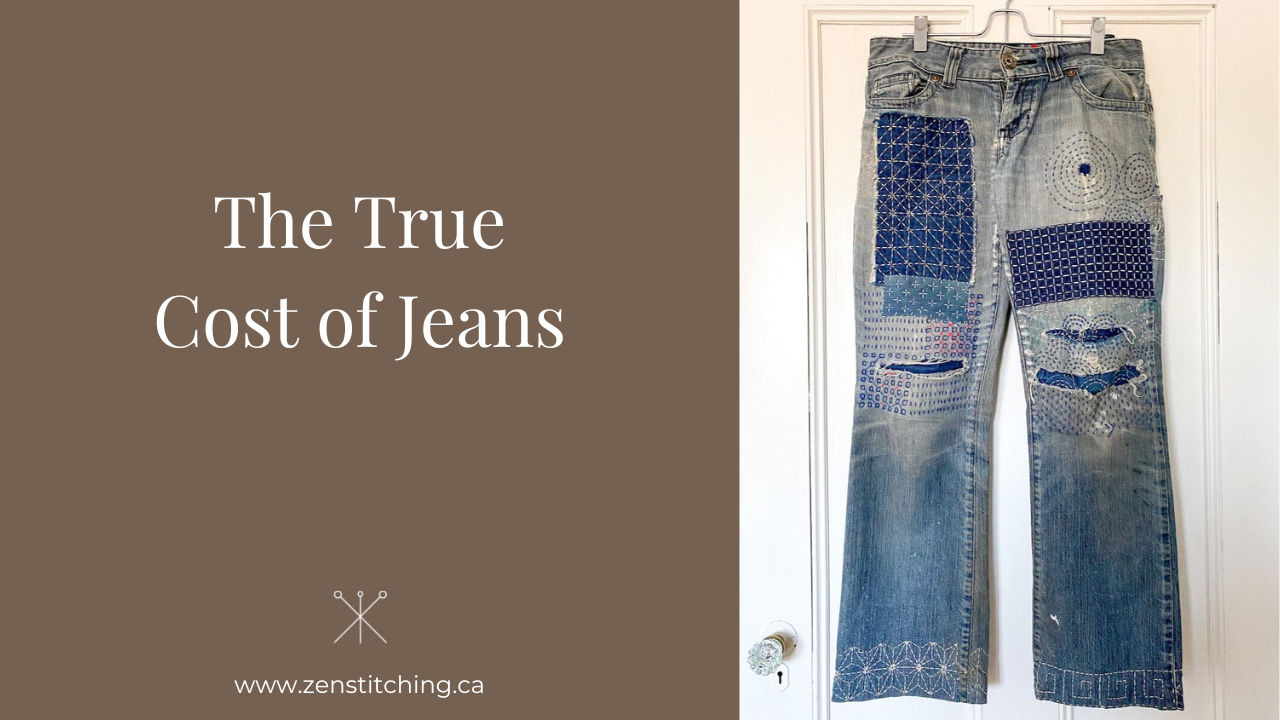
Cover image: My favourite pair of jeans have been mended over 14 times now.
What started as a fun idea to continually repair my favourite pair of studio jeans has taken me down the rabbit hole of sustainability, mental health and financial savings.
Lately I have been pondering on the actual savings made when we mend our clothes, upcycling them, or recycling them as opposed to throwing them out.
It started as a simple exercise.
What if I were to spend on average $100 (sometimes its more, and sometimes its less) to replace a pair of jeans every time they got a hole in them, in stead of mending them?
Well, my favourite studio jeans have been mended over 14 times now. That would equate to 14 mends x $100 = $1400.
That's a lot of money to spend (or save depending on how you look at it)!
But what are the hidden costs associated with making and repairing jeans?

Cotton
If we start at the very beginning of the lifecycle of a pair of jeans it is grown as cotton.
The largely water intensive nature of the cotton crop, extensive use of fertilisers and pesticides and genetic modification has posed a significant environmental and health challenge as far as cotton cultivation is concerned.
Generally cotton farmers will applying excess of fertilisers to get more crops and use of more pesticides to avoid pest attacks in an effort to increase productivity to the detrimental of their health and the environment.
Pesticides and herbicides are indiscriminate and kill not only the bugs that attach the cotton, but in some cases, all living organisms.
Cotton uses about 25% of the world’s pesticides.
Water
Jeans are intrinsically viewed as a commodity, but the real commodity lies in what it takes to make a pair: Water. So much water goes into growing, washing, and dying cotton.
Jeans are the world’s most popular style of pants because of their durability and versatility. And because of the amount of water needed to make a pair of jeans (one pair of jeans needs almost 7000 litres of water to be created) and on a global scale 230 trillion litres of water are used to grow cotton.
Sadly, because of our desire to wear jean the world’s 4th largest sea, Aral Sea, disappeared in 2015 because rivers were diverted to feed cotton crops.
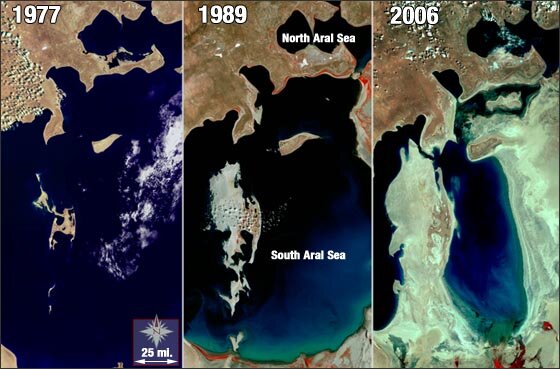
Image via Columbia University, NY
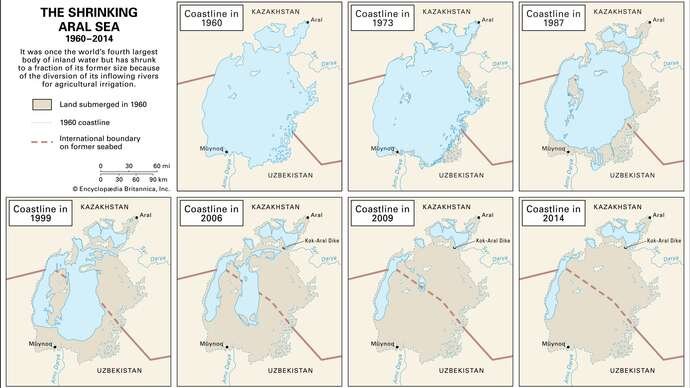
Image via Britannica
Did you know that 20% of industrial water pollution across the world is closely tied to manufacturing clothes? Most of that is all from just dying the fabric. In order to make one pair of blue jeans, it can take up to 1,800 gallons of water.
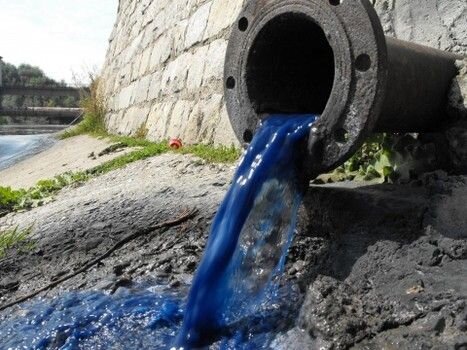
Image via Tina Chou
Xintang, Denim Capital of the World
Xintang, is the denim capital of the world. One in three pairs of jeans sold globally is made in this industrial town, in Guangdong province.
Due to relaxed environmental laws, untreated water waste from the factories gets pumped into the river systems making the water is too highly toxic for living creatures. The contaminated water measures at about ph12. This is about the same strength as lye - used to create soap, and it is a diluted version of caustic soda, a chemical we use to clean drains.
It is estimated that about 3kg chemicals are needed to make one pair of jeans. Which weigh about 1kg.
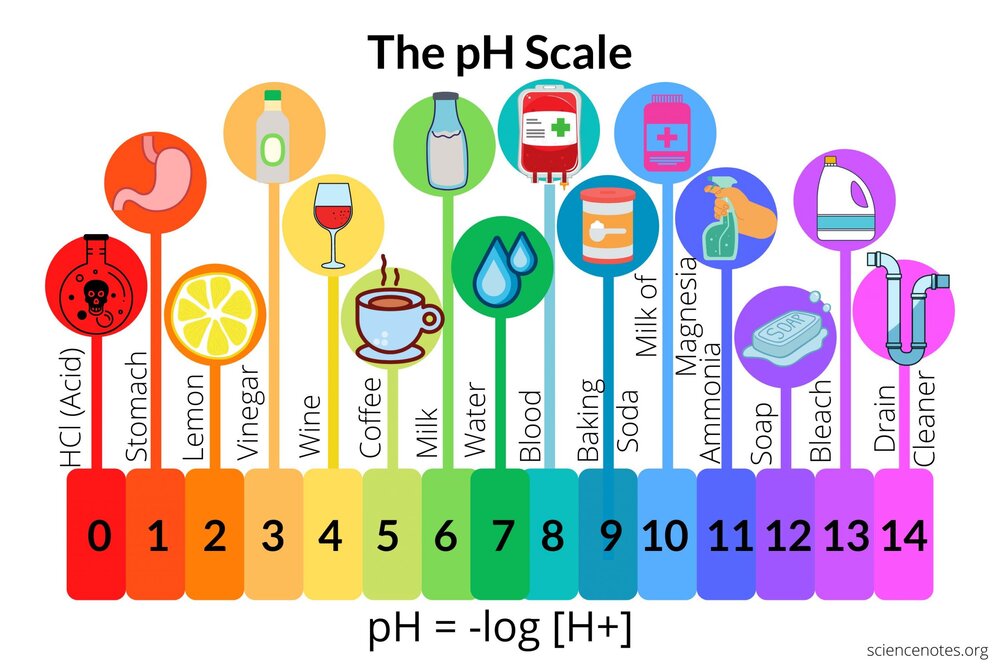 Image via Science Notes.
Image via Science Notes.
Employment
It is estimated that between 200,000 and 400,000 people are employed in the spinning mills in India, where raw cotton is turned into yarn.
Many of the workers are young girls that work according to the Sumangali scheme. Under the Sumangali scheme, parents of the girls, usually poor and from the lower castes, are persuaded to sign up their daughter(s) for a 3 to 5 year contract. The scheme promises a certain amount of money after completion of a the contract, which can be used by the parents to pay for the wedding of their daughter. This form of bonded labour, which often involves child labor and bad labor conditions, is a big influence on the true price of a pair of jeans.
Simply increasing the price of a pair of jeans by 33 euros ($50) would not make this complex issue disappear. As stated by the Fair Wear Foundation, even experienced auditors in mills and factories often overlook the issue, as the Sumangali scheme is to a certain degree, culturally accepted.
Paying a living wage is, according to FWF, one of the most effective ways to combat the scheme. Why? Simply because then there’s no need for the factories to “trap” workers to keep up with the required labor force AND the girls would be able to save for their future themselves. Though the implementation might not be that easy, the solution is simple.
All we need to do is increase the price of jeans by $50 and this would help solve this problem.
Workers Health and Safety
And then there are the workers in factories who are employed to distress jeans, using tools that we would use for wood working, such as an electric sander. These tools release cotton and chemical dust into the air and because they are nor required to wear adequate protective gear they inhale the denim dust (a combination of cotton and dye).
Due to toxic working environments, workers have a high incidence rate of cancer and other health ailments including respiratory problems and skin sensitivities.
Fast Fashion and Landfill
Over 100 million kg of donated materials goes directly to landfill.
Only 15% of all clothes that are donated to charity actually get recycled.
On average 25 billion tonnes of clothing are trashed each year in North America alone.
What can we do to help?
If you’ve read through the entire length of this article, no doubt you are feeling despondent and powerless to make a change to such extreme environmental problems.
But, you’d be surprised to know that every time you mend your clothes, you are actually having a big impact on the environment.
You are:
-
Reducing the use of our precious commodity, water.
-
Reducing the use of toxins on our environment through the use of pesticides, and chemical dyes to treat the fabric.
-
No longer supporting bonded labour of the poor and lower castes.
“Through your mending actions you are saving a whole lot more than just $$$.
Your actions save lives and improve the health of the planet.”
Did you know, every time you mend your clothes and extending the life of clothing for 3 months reduces carbon, water and waste footprint by 10%
“Extending the life of clothing for 2 years is an 80% reduction in environmental pollution.”
And when shopping for new clothes, consider choosing organic fibres that don’t require fertilisers or herbicides. Such as hemp, which requires about half the amount of water cotton needs, and it also needs less herbicide because it is naturally bug resistant.
So the true cost when you recycle, upcycled and repair your jeans is immense.
Links
https://www.makeyourownjeans.com/blog/why-jeans-are-the-worlds-most-popular-style-of-pants/
https://tinachou28.github.io/cost-of-jeans.github.io/
https://www.newsweek.com/2019/09/20/real-cost-blue-jeans-labor-environment-fashionopolis-book-extract-1457027.html
https://myhappyfootprint.com/true-price-jeans/
https://medium.com/@steveclark1231/what-is-the-true-cost-of-a-pair-of-jeans-9f5b0d67dec0
https://www.fashionrevolution.org/wp-content/uploads/2017/02/What-My-Jeans-Say-About-the-Garment-Industry.pdf

